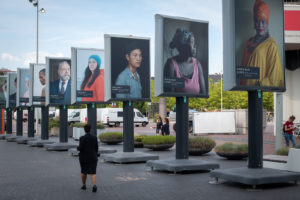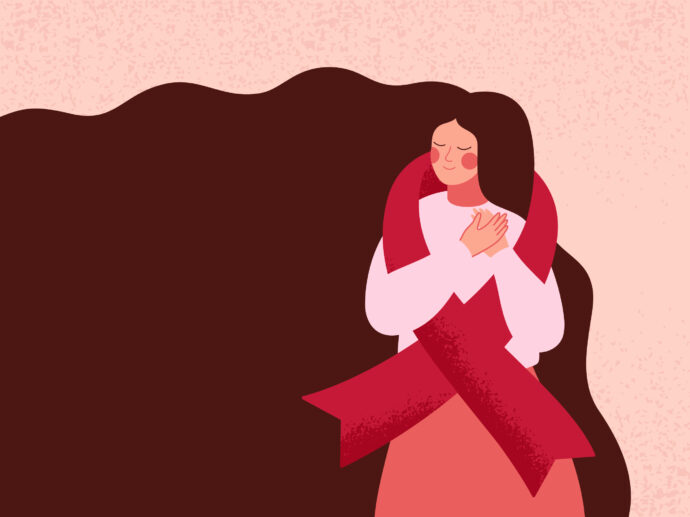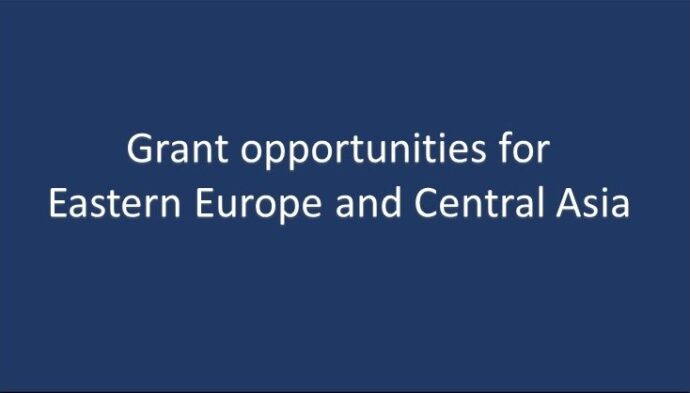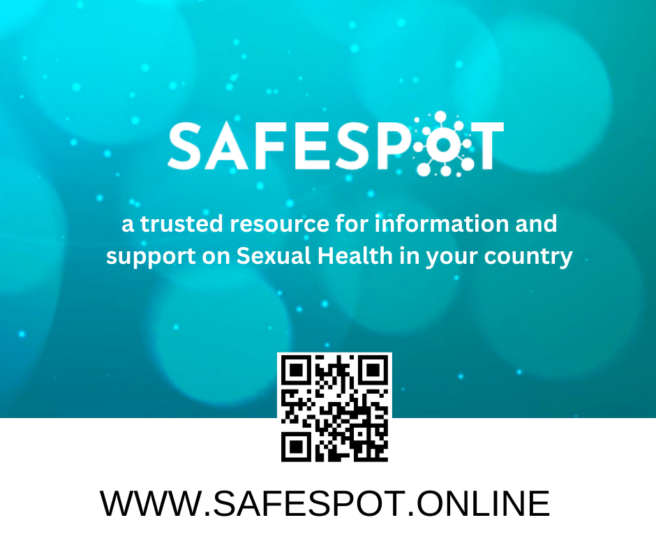
Ukraine presented its experience in engaging young people who use drugs in the HIV and human rights response during International AIDS Conference AIDS 2018 in Amsterdam. Organisations ACO “Convictus Ukraine”, ICF “AIDS Foundation East-West” (AFEW-Ukraine), CF “Return to Life” and CF “KCF “Blago” shared the results of their work.
Club for teenagers
The main purpose of the activity in the framework of the PITCH project is to prevent the spread of HIV and other dangerous diseases among vulnerable adolescents and to develop healthy lifestyle habits, the director of “Convictus Ukraine” Yevheniia Kuvshynova is saying.
In their work, “Convictus” team is actively using mobile clinic where they provide services for teenagers. A multidisciplinary team is operating on the basis of a mobile clinic. The mobile clinic helps them to bring the services to those who are not covered with prevention and treatment programs. There is also a school of leaders and a Street power youth club, where teenagers can spend their leisure time and receive help from psychologist or social workers, get information, medical services, testing, etc. Around 500 teenagers received services in the club.
Accepted the monitoring tool

The project manager of the ICF “AIDS Foundation East-West” (AFEW-Ukraine) Iryna Nerubaieva shared the results of the piloting of the tool for monitoring the violations of human rights of most-at-risk adolescents which was developed and implemented in the framework of the project Bridging the Gaps: Health and Rights for Key Populations. From January till December 2017 in four pilot cities, 792 interviews with adolescents and youth aged 14-21 were conducted. 430 adolescents were 14-18 years old. The number of cases of human rights violations registered in an online form was 92 of all surveyed. A young activist of the CF “Return to Life” Daria Kopyevska, a social worker of the CF “KCF “Blago”Alina Khokhlova and a lawyer and AFEW-Ukraine’s consultant Vita Musatenko also shared their experience.
“It is good to see that teenagers realized why they need this tool, and how social workers accepted it. Now they know how that it will help in their work,” Vita Musatenko is saying.
According to the latest estimates, the number of most-at-risk adolescents is 129 000, including 21 700 injection drug users. However, there is no official data on the exact number of most-at-risk adolescents, including underage drug users. In Ukraine, most-at-risk adolescents represent a very closed group, thus the lack of statistical data, stigma, discrimination and legal barriers make their access to HIV/STI services more complicated.




